Introduction to OpenAI
OpenAI, Renowned artificial intelligence research and development business OpenAI started out as a non-profit. Based in San Francisco, its goal is to build highly powerful artificial intelligences “human-friendly” and useful for society. In what way does OpenAI operate?
Among other investors, Elon Musk (Tesla, SpaceX) and Sam Altman (Y Combinator) co-founded and gave early contributions for this business. Though he kept helping, Elon Musk finally quit his post due of conflicts of interest with Tesla.
Unique Aspects of OpenAI:
- OpenAI does not always make its AIs easily available for public consumption in order to avoid damaging use (disinformation campaigns, impersonating genuine people, etc.). Silicon Valley behemoths funded this project largely out of fear about damaging artificial intelligence, also known as strong artificial intelligence—AI that is aware.
What is OpenAI Used For? A Look Back at the Key Moments Since Its Creation

Reinforcement Learning
In a previous article, we defined reinforcement learning and presented its growing possibilities. It logically follows that OpenAI decided to develop several AI projects related to this technology:
In 2016, OpenAI developed a reinforcement learning library and toolkit called OpenAI Gym. The goal is to more easily develop agents (machines, for example) that perform actions as well as or better than humans. OpenAI notably encourages the use of Gym to improve business processes, such as optimizing warehouses, summarizing reports, and even assisting doctors in prescribing medications.
In the context of reinforcement learning, OpenAI achieved the feat of creating an artificial intelligence that beats the best players in one of the most complex video games: Dota 2. Unlike traditional board games such as chess or Go (turn-based systems with complete information), Dota 2 is a continuous-time video game with a continuous space and incomplete information, exponentially increasing the game’s complexity. The possibilities are infinitely numerous, requiring more computing power and a much longer training time.
OpenAI began in 2018 by developing an AI that beats humans in 1v1 matches, which is not the main game mode. Later, with OpenAI Five, it succeeded in winning 5v5 matches in 2019 against the best players in the world. This remarkable achievement is reminiscent of competitor DeepMind, which also developed an AI that ranks among the best players in the world at Starcraft 2.
Such performances show how AI can surpass humans in tasks that seemingly require advanced human intelligence.
Other Milestones for OpenAI:
- The Development of GPT-2: The successor to the GPT model, GPT-2 allows for the logical continuation of any text. (An upcoming article on the GPT model will be on the blog soon.) A flagship product of OpenAI, it can generate coherent works of fiction, such as writing a complete sequel to the first sentence of the novel “1984.”
- A Partnership with Microsoft in 2019: This partnership injected $1 billion to help OpenAI with funding issues while collaborating on new computing technologies.
- The Release of GPT-3 in July 2020: This new version of the transformer-based language model was controversial. Some consider it revolutionary due to its superior power compared to GPT-2, while others are skeptical. More information on GPT-3 will be available in a future article.
Controversy
GPT-2 was controversial because OpenAI publicized the potential dangers of this model, initially deciding not to share the complete architecture and mentioning possible risks, such as theoretically creating a massive disinformation campaign. However, the entire model was later shared with the public. While the technology proved to be very effective, it was not as dangerous or revolutionary as initially feared. OpenAI was accused of overhyping its models to gain attention.
OpenAI’s initial nature was non-profit, aiming to conduct research free from financial goals. However, to excel in its field, OpenAI must finance its costly projects. Thus, OpenAI created a new for-profit entity, OpenAI LP, to attract investments, which disappointed some who saw this as a shift in vision. Nevertheless, the talents at OpenAI still aim for AI to benefit humanity, and a compromise that maintains this vision while securing necessary funding must be reached.
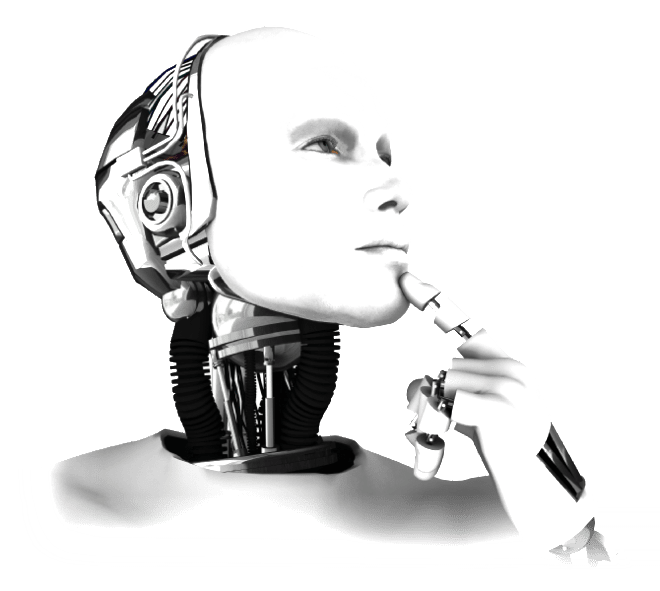
FAQs
In what respects is OpenAI the same as ChatGPT?
OpenAI is the firm that produced ChatGPT, although the two are not the same. One of the AI models that OpenAI has built is ChatGPT.
Does OpenAI cost anything to use?
Some of OpenAI’s tools and models are free to use, but you may have to pay or sign a licensing agreement to get to more sophisticated features and services.
Does Microsoft own OpenAI?
Even while Microsoft does not control OpenAI, the two businesses cooperate together on a number of AI initiatives.
Does Elon Musk still own OpenAI?
Elon Musk was one of the founding sponsors of OpenAI but is no longer actively involved in its ownership or governance.
How does OpenAI earn money?
OpenAI makes income through numerous sources, including collaborations, licensing agreements, and delivering advanced AI services to enterprises.
How much money did Elon Musk pay to OpenAI?
The specific amount Elon Musk gave to OpenAI is not publicly published, although he was one of the first investors.
Who is the CEO of OpenAI?
As of my previous report, Sam Altman was the CEO of OpenAI.
Who finances OpenAI?
OpenAI is financed by a combination of private investors, including persons and organizations interested in boosting AI research.
What does GPT stand for?
GPT stands for “Generative Pre-trained Transformer,” which is a sort of neural network design utilized in AI language models like ChatGPT.
Who owns ChatGPT?
ChatGPT is owned by OpenAI.
Who is OpenAI’s main competitor?
OpenAI has multiple opponents in the AI research and development arena, including businesses like DeepMind (owned by Alphabet/Google) and Microsoft Research.
Which is better OpenAI or Google?
The supremacy of OpenAI or Google hinges on several aspects, including specific AI models, study emphasis, and application fields.
What’s better than OpenAI?
There are various AI study organizations and firms that vie with OpenAI in terms of AI breakthroughs and applications.
Is there a better AI than ChatGPT?
There are several AI models and systems produced by different organizations that may exceed ChatGPT in particular occupations or scenarios.
Is ChatGPT safe?
ChatGPT is normally safe to use, but like any AI model, it might create improper or misleading information if not utilized appropriately.
Is ChatGPT free?
Certain versions of ChatGPT may be available for free, however access to additional features or larger models may need purchase or membership.
Does Google have ChatGPT?
Google has its own AI language models and conversational bots, such as BERT and Meena, but not particularly ChatGPT, which is built by OpenAI.
Can ChatGPT make images?
ChatGPT is largely developed for developing text-based content and chats. Generating photos is not its major job.
What is Microsoft’s AI called?
Microsoft offers several AI tools and projects, including Azure AI, Cortana, and Microsoft Research efforts.


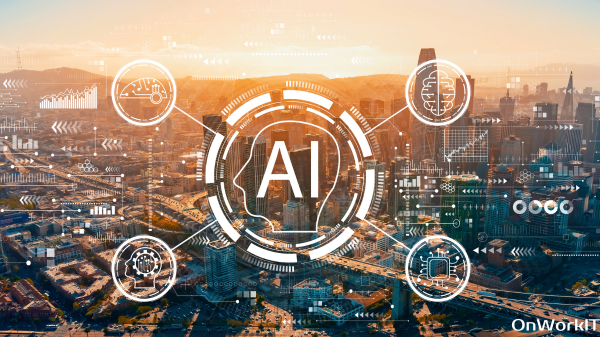
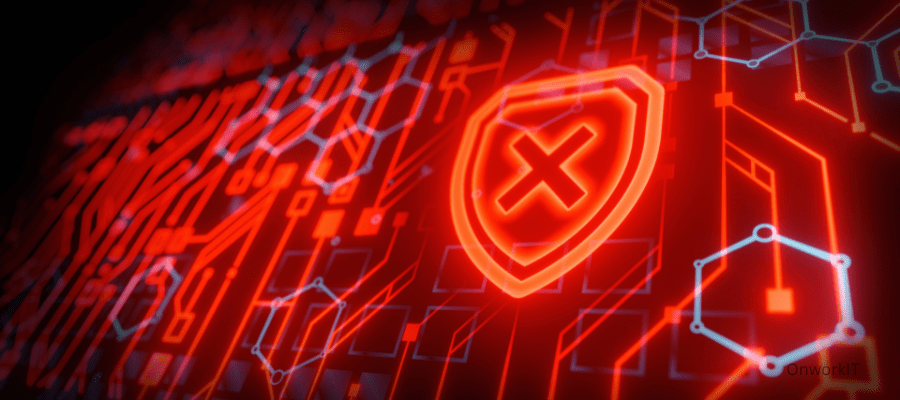

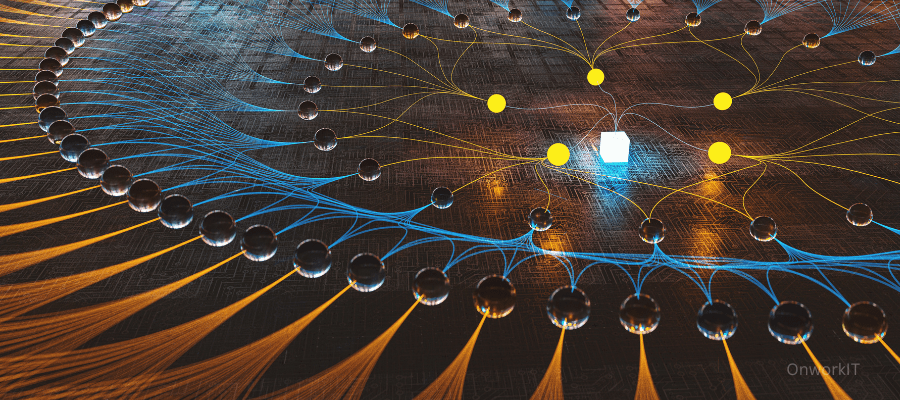
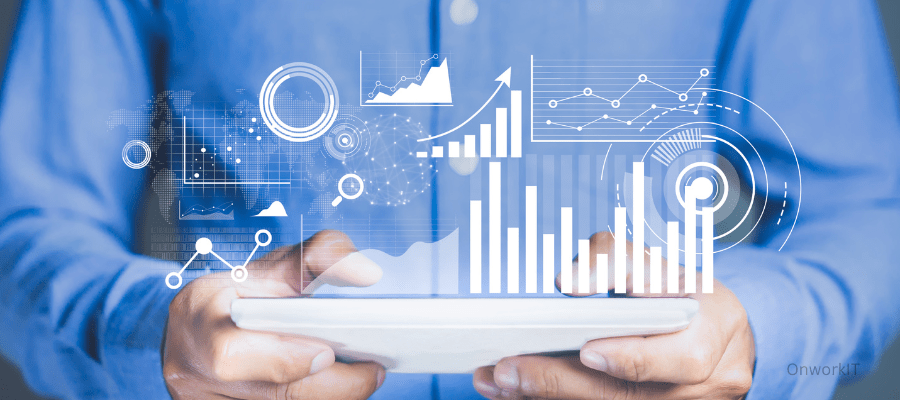


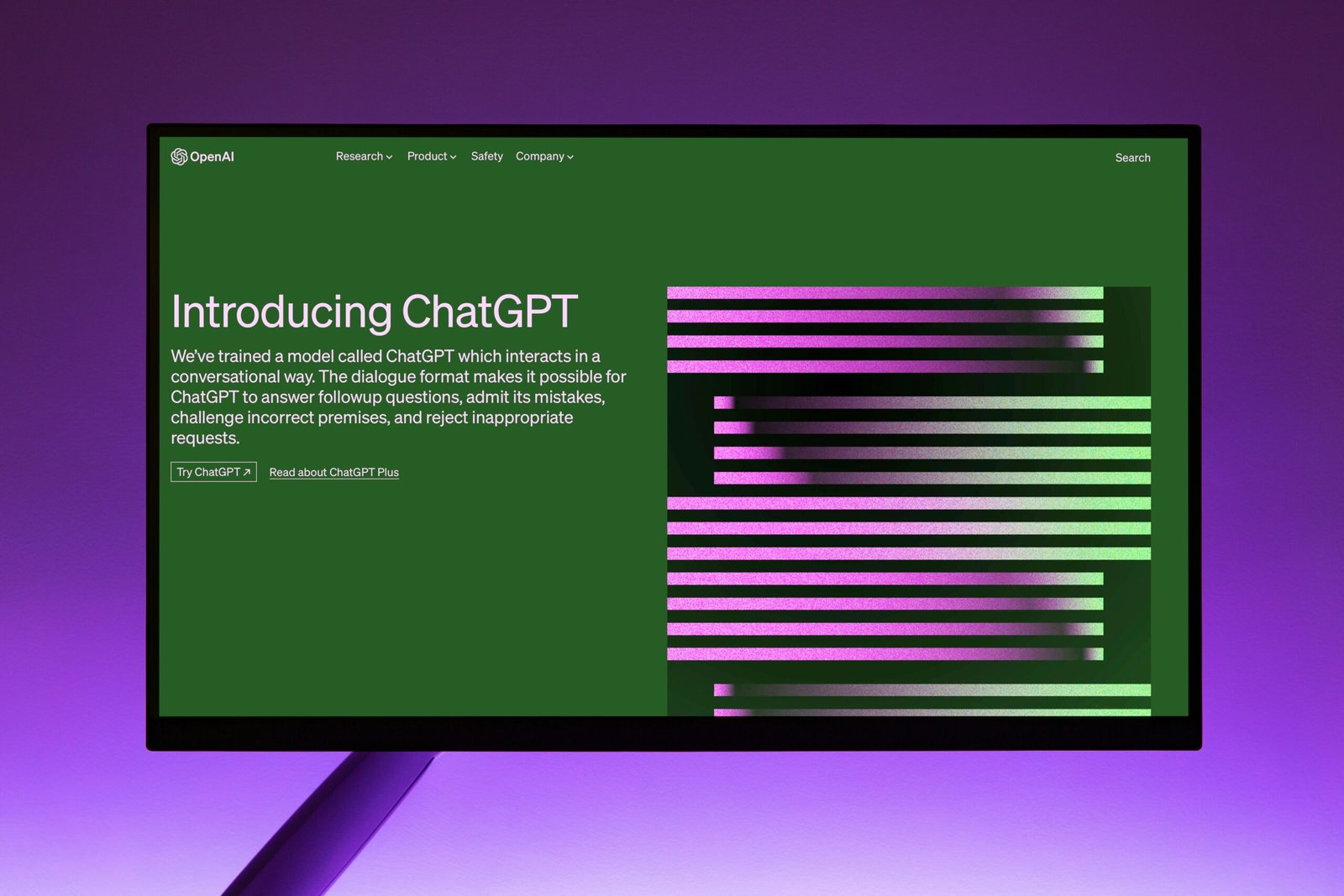
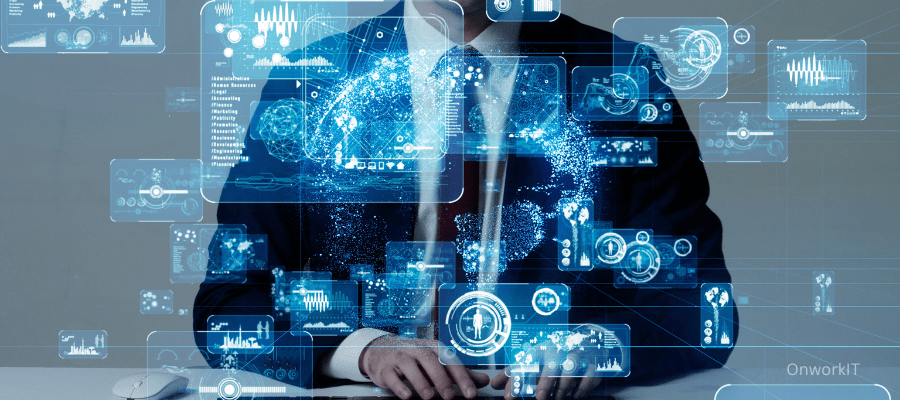
One thought on “A Comprehensive Guide to OpenAI: Everything You Need to Know”